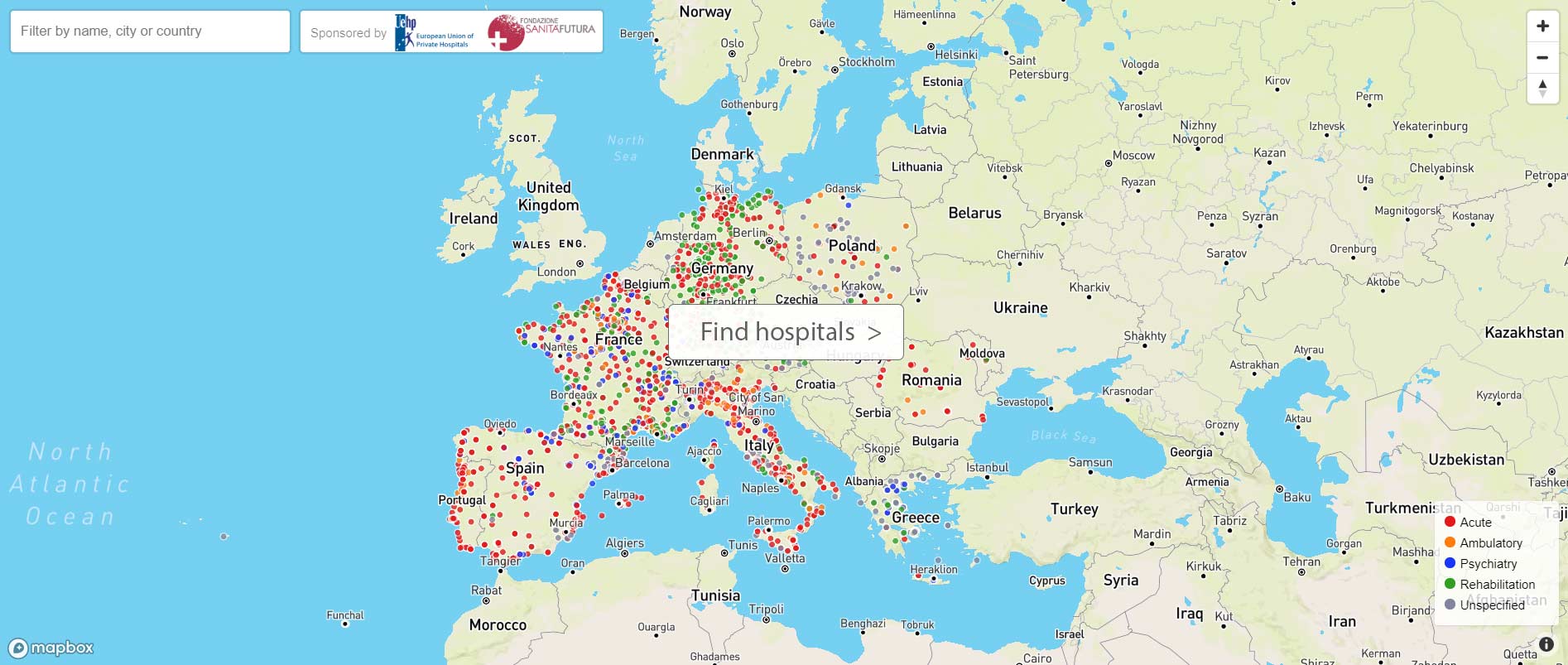Interview with MEP Nathalie Colin-Oesterlé
What is the current issue of certification of medical devices in Europe? Are all European countries affected?
The new European Medical Devices Regulation (MDR) came into force on 26 May 2021.
Adopted in 2017 following the major breast implant scandal in France and Germany, it improves patient safety by strengthening certification requirements for medical devices in Europe, a goal that no one questions.
According to the regulation, by 26 May 2024, all medical devices circulating in Europe must be re-certified, regardless of whether they have been used in European operating theatres for years or are being placed on the market for the first time.
Due to additional regulatory requirements, the number of organisations able to issue these certifications has been halved compared to the pre-2021 period. This affects the whole of the European Union, although we note that some countries have more notified bodies than others. For example, Italy has 8 while France has only one.
As a result, the time taken to obtain certification is getting longer and longer, averaging between twelve and eighteen months. The queue is huge: more than 24,000 medical devices that have been authorised for years must be re-certified in less than two years, or risk being withdrawn from the market.
What are the immediate and medium-term risks associated with delayed certification?
The first risk is that of shortages of medical devices. Without certification, we could run out of them. Some of them are well known, such as blood bags or insulin pumps.
The second risk is that of the competitiveness of an industry that represents more than 760,000 jobs across Europe, including about 215,000 in Germany and 90,000 in France. Companies cannot wait. They make their investments several years in advance. If the uncertainty is too great, they will choose the United States or China rather than Europe for their future innovations in the coming months.
The third risk is that of calling into question the overall objective of relocating the strategic pharmaceutical industry in Europe. The Covid-19 crisis has shown that our continent must regain its sovereignty in order to guarantee access to healthcare for all. The production of medical devices in Europe is an essential condition for achieving this objective.
What solutions are possible at European level?
The first solution is to grant additional time for the certification of medical devices already on the market before the entry into force of this regulation on 26 May 2021. As not all devices pose the same risks to patients and are not subject to the same supply tensions, these additional deadlines could be adapted according to the classes of devices.
As for medical devices placed on the market after May 2021, they will benefit directly from the new certification, thus allowing their rapid marketing, while old medical devices will benefit from legal and supply security. An increase in the resources made available to the notified bodies is also necessary to increase the speed with which dossiers are processed.
The objective is simple: to guarantee safety and access to care for each and every one of us while preserving our industrial excellence, which is essential to regaining European health sovereignty.


